Batman’s Successors
Pros
- Gotham City is aesthetically appealing.
- The four Bat Family heroes have varied combat styles to experiment with.
- Entertaining villain-focused side quests.
Cons
- 30 FPS cap on consoles
- Crashing issues on the PC
- Gotham City needs some fleshing out - it lacks NPC interaction and the streets are pretty empty except for thugs and thieves.
- An overreliance on generic open-world busywork.
- RPG elements detract from the overall experience.
Gotham Knights dares to ask the question: “What would happen to Gotham City without Batman?” A silly notion under any amount of scrutiny. Batman is the golden goose, one of the most recognizable and profitable fictional characters in the world. He’ll be back in some capacity, at some point, but in the interim, can the Bat Family hold up the mantle of the heavens and sky and carry a successful Batman game? After playing through Gotham Knights, we believe the answer is a tepid “yes”, but this game isn’t the best showcase of the potential possessed by these prospective protagonists.
After a surprisingly lengthy - albeit well-crafted - opening cutscene you’ll have to pick one of the game’s four Bat Family protagonists, and while you’ll be locked-in to this choice for the first two missions (called Case Files in game, in keeping with Batman’s investigative pedigree), you’ll soon be able to swap between them almost at will.
Can the Bat Family hold up the mantle of the heavens and sky and carry a successful Batman game? We believe the answer is a tepid “yes”, but this game isn’t the best showcase of the potential possessed by these prospective protagonists.
Each member of the Bat Family has their own specialization; Batgirl is the tank, Robin excels at stealth and Red Hood is the ranged expert.
Each member of the Bat Family has their own gameplay strengths and personality quirks. Batgirl is the chipper, optimistic tank, tech expert and single-target DPS. Nightwing dishes out great AoE melee damage while trying his best to fill Batman’s shoes as a leader-figure. Red Hood is snarky and carries a chip on his shoulder, serving as the game’s ranged specialist and, oddly enough, the best grappler. Whilst Robin is nervous and brilliant, boasting the best stealth capabilities of the bunch.
Their differences make them interesting, and whilst each one is capable of serving as a good all-rounder, their specializations will definitely lead to you adjusting your playstyle. Any member of the Bat Family can perform stealth takedowns, but only Robin can incapacitate heavies this way. Similarly, they all have ranged attacks, but only Red Hood’s guns (somehow calibrated to only knockout enemies) really give you the range, power and reliability to serve as more than a supplement to melee combat. All four characters will level up at the same time, so if you want to switch, you’ll find a relatively smooth transition. After completing some ubiquitous challenges (defeat minibosses, resolve crimes) each character will also unlock a new traversal method which further sets them apart. Bargirl can glide with her cape, Nightwing with a dedicated glider, Red Hood can air jump and Robin has… well, Robin has a weird teleport. If you don’t find one of these alternate traversal methods to your liking, the standard physics-defying grapple-travel system from Arkham City is almost always faster, and you can summon a Batcycle to quickly get around Gotham. Failing either of those, midway through the main questline you’ll also be able to unlock fast travel locations via one of the game’s many side activities.
The interactions between members of the Bat Family are engaging bits of character development that we really wish there was more of, and the way the characters respond to Gotham City’s villains during various missions is almost sufficient to entice multiple playthroughs. It’s a shame, then, that these four protagonists have almost no interaction with each other outside of cutscenes and ambient dialog in the Belfry - the gang’s base of operations and daytime safe haven. No matter what the stakes, the four don’t cooperate directly the entire game outside of the game’s baffling two-player cooperative mode, being limited to radio chatter. It’s also bewildering that a game with four protagonists doesn’t have four player co-op, and while it’s a bit unfair to nitpick games for features they don’t have, this seems like such an obvious miss. Why have four members of the Bat Family if there’s only two player co-op? Why, outside of optional co-op, do they never interact or work together during missions whose outcomes threaten the survival of Gotham City itself? There’s almost certainly design and/or technical limitations at play here, and given the combat system in Gotham Knights, it’s hard to imagine four players in the streets at the same time without it devolving into a chaotic mess.
You’ll be spending a depressing amount of time chasing down open world map markers and defeating the same enemies over and over again, but a few investigations and puzzles break up the tedium a bit.
A Night in the Life of Costumed Vigilantes
Your time in Gotham Knights is unequally split between the Belfry and patrols. The Belfry is your home base where you’ll return intermittently to advance the story between missions or to participate in tutorial challenges (Batman’s spiritual guidance during these training sessions is just about the only appearances he’ll make outside of the opening cutscene, fortunately), craft new gear, and the like. Returning the Belfry also ends your current patrol and repopulates Gotham City with new crimes on subsequent patrols.
While some case files (read: missions) have to be launched from the Belfry, most of them will be completed during patrols, your nocturnal hunts for ne’er-do-wells across the open world of Gotham City. On patrols you’ll be able to advance to story-related points of interest to start new missions, freely explore Gotham City, hunt down small opportunistic crimes, disrupt larger, premeditated heists, indulge in side content like Batcycle Time Trials, or seek out various collectibles.
Aside from missions, crimes are the next most prominent gameplay element, essentially being open world encounters where you’ll fight various enemies and earn XP, salvage and blueprints. Every night Gotham City is beset by a new wave of crimes, with opportunistic crimes being relatively small-scale encounters with little complexity, and premeditated crimes being more complicated affairs, often with more enemies, diverse objectives (including possible fail states!) and better rewards. To find out about premeditated crimes you’ll either need to stumble across them, or, more reliably, find an informant partaking in an opportunistic crime and interrogate them for clues. The variety of these crimes will increase as you advance the main questline, and while they’re novel at first you’ll quickly see all these have to offer and start to view them as typical open-world busywork.
There’s a lot to see and do around Gotham City, but frankly, most of it isn’t terribly engaging. Time trials and collectathons may be standard elements of open world games, and there’s nothing particularly objectionable about how they’re implemented in Gotham Knights, but who is going to remember collecting hidden Batarangs or driving the Batcycle through checkpoint rings in a few months or years? Compared to the occasionally brilliant encounters with some of Batman’s more iconic villains in various side cases, like Harley, Clayface and Mr. Freeze, the generic open-world filler is easy to write off as mere playtime padding.
The uninspired, color-coded loot system in Gotham Knights adds little to the game besides some regular trips to the menu to chase green up arrows.
RPG Elements Aren’t Always Better
As for the gameplay, this reviewer has often claimed that every game is better with RPG elements, and it seems that over the course of the last several years developers have been working their hardest to undermine that statement. Gotham Knights might just be the game that forces a retraction of that assertion, as the addition of more RPG elements in place of the old combo-based system in games like Arkham Asylum has not, in fact, produced a better experience. At a glance, Gotham Knights has some similarities to the Arkham games from generations past - you defeat enemies, complete case files and find collectibles and you’ll earn XP. Gain enough XP and you’ll level up, earning ability points you can spend on various ability trees. Standard stuff, and these abilities help further diversify characters, giving each of them many of their defining features, like a second wind for Batgirl and extra ranged damage for Red Hood.
On top of this, however, Gotham Knights has bolted the same, tired, color-coded loot system from every mediocre loot grind ARPG released over the past decade or so. Defeat enemies or loot chests and you’ll gain random gear, split into three categories (suits, melee and ranged) and rarities (common, uncommon, rare, heroic, epic and legendary). There’s nothing inherently bad about randomized loot in video games - Diablo 2 Resurrected helped remind us just how good a well-crafted loot grind can be - but Gotham Knights follows the current industry standard of making its loot drops linear, incremental and rigidly gated by level and main questline progression.
You’re never going to find that one piece of epic gear that changes the way you play the game, an unlikely and fortuitous drop that’s the lynchpin for a gratifying build. You’re going to find a white, then green, then blue version of the same gear with slightly bigger numbers and perhaps a few mod slots you can use to make one or two of the limited numbers slightly bigger. Outside of two encounters in the entire game, there’s never really a great need to worry about the elements on your weapons or armor, and while some elemental debuffs are gratifying to inflict and some random stats (like passive health regen) might make one suit of armor somewhat more appealing than another, you’re mostly just doing the busywork of equipping whatever has the most up arrows and green numbers to arrive at more or less the same play anybody else playing any other character would end up at. Sure, you might have a build that is more element-heavy or more critical-heavy, but that’s about the extent of the variety offered in Gotham Knights.
Gotham Knights retains the telegraphed attacks from the Arkham games, but sheds the combo system and gadgets that made combat interesting in earlier Batman games.
Where Are My Bat Gadgets?
Combat in Gotham Knights is more tailored to direct confrontations rather than the combat-puzzles of the Arkham games, and while you can still thin the herd with stealth takedowns and environmental hazards, don’t expect lengthy duct-crawling games of bat and mouse and the use of a varied array of tools like explosive gel, the Batclaw or the Line Launcher. Every member of the Bat Family gets access to smoke bombs (to cover your escape in conjunction with the obligatory grapplegun), health kits and a ranged weapon, and that’s about it. You still have AR Tracking (this game’s replacement for Detective Mode) which will allow you to track and tag enemies through walls, but this is more of a means of target prioritization and occasional opportunism.
That’s not to say combat’s a one-note affair where higher stat numbers determine the outcome. Sure, having bigger numbers does play a huge role in your success, but brute force will only get you so far in the face of specialized enemies like Bulldozers, which will automatically block frontal assaults unless you use heavy melee attacks, Godmothers, who will perform attack chains that can only be interrupted by piercing attacks and Feral Talons, which will auto-dodge most attacks unless first stunned by a heavy ranged attack or area-of-effect ability.
There are three criminal factions you’ll encounter at the start of the game - Freaks, the Mob and Regulators - and five overall after advancing the main questline. The districts of Gotham City they haunt change each patrol, and a premeditated crime committed by the Mob can play out fairly differently compared to one perpetrated by Freaks, adding a nice bit of variety to combat. Sure, most factions have the same Brawler (melee), Shooter (midrange) and Sniper (long range) archetypes, but, in addition to the aforementioned Bulldozer and Godmother (Mob) specialists you also have Drone Masters (Mob) who summon autonomous drones, Shockers, heavies who make use of elemental attackers, Firestarters, who toss molotov cocktails, and Juicers, who revive fallen enemies. In addition enemies can be of regular, veteran or champion caliber, increasing their stats and potentially giving them new armaments and abilities. This ensures that even basic combat will evolve over time, and stumbling across a very high difficulty premeditated crime full of champion-tier faction-specific specialists will play out quite a bit differently than encounters with the same faction did earlier in the game.
The evolving factions and crimes won’t keep combat from getting stale eventually, but if you avoid grinding too much early on without advancing the main questline, it should keep things interesting for longer.
Gotham Knights is capable of being quite photogenic, but you’ll need a pretty beefy PC to see it at its best.
My Superpower is Being Able to Play Games at 30FPS
Much fuss was made about the technical limitations of Gotham Knights when it was revealed that the game would be locked to 30FPS on console and also have no performance mode. WB Games Montréal claims that the 30FPS cap was necessary to deliver “untethered co-op gameplay” and a “highly detailed open-world”. Nevertheless, such comments from the dev team did little to quell the controversy prior to the game’s release.
A few seconds with Gotham Knights will instantly dispel any fears about the game’s performance… and conjure new ones. Only in the most ideal, static circumstances does this game hit a stable 30FPS, with sub-30FPS drops occurring frequently as you explore Gotham City. If you’re sensitive to low frame-rates, Gotham Knights will be an unpleasant experience for you, and really, only a high-end PC can currently remedy this issue. That said, our own gameplay experience wasn’t greatly impaired by the game’s performance, perhaps because combat doesn’t really demand frame-perfect responses, even when you’re trying to perform perfect evades.
WB Games Montréal claims that the 30FPS cap [on console] was necessary to deliver “untethered co-op gameplay” and a “highly detailed open-world”. Nevertheless, such comments from the dev team did little to quell the controversy prior to the game’s release.
That said, even those who seek the respite from the game’s framerate woes on PC will have another, more detrimental technical issue to suffer through - crashing. The PC version of the game was far less stable for our colleagues than our own PlayStation 5 experience was, although even we couldn’t avoid crashes entirely. On PC, crashes would occur when zoning in and out of areas, while on console the game only crashed when talking to one specific NPC. Not ideal by any means, but at least on console we could just avoid talking to the offending NPC. Despite a few patches, there are still no satisfactory resolutions to some of these technical issues.
The design of Gotham City is visually appealing, even on console… framerate issues aside.
Graphically, we found Gotham City to be quite visually appealing, with the numerous bits of reflective armor, puddles, and windows giving the game ample opportunity to showcase its extensive use of ray-tracing. Despite every bit of the game outside of the Belfry taking place at night, the pollution - light and otherwise - of Gotham City ensured that the iconic gothic architecture of the city was decorated with enough eye-catching lights, frequent neon signs and ambient haze to present striking visuals both at street level and perched on high. Would we rather trade that ray-tracing for better framerates? Absolutely, but at least still frames of the game are reasonably photogenic.
We found Gotham City to be quite visually appealing, with the numerous bits of reflective armor, puddles, and windows giving the game ample opportunity to showcase its extensive use of ray-tracing.
When it comes to other visual flourishes and the all-important small details that make open world games pop, Gotham Knights is unfortunately lacking. Aside from a few small, welcome details like the rain undulating down the armor of your character and the obligatory flickering street lights and steam venting from manhole covers, Gotham City feels unacceptably empty. The NPCs roaming the sidewalks and cars driving down the streets are relatively sparse and the former are never saying or doing anything interesting, while the latter are engaged in a pale facsimile of traffic. Attacking a random civilian will make them run away in a panic a short distance before blinking out of existence, and cars don’t react to violence at all - punch them, shoot them, ram them with the Batcycle, it doesn’t make any difference. We once brought a fight with a Shocker - a massive goon that discharges electricity when it attacks - out onto a street, only to have a civilian vehicle drive up to us as we fought and honk its horn in annoyance.
Gotham City, amirite? They probably see fights between caped crusaders and monstrous thugs every day.
It’s a common affliction with open world games lately, the world just doesn’t react to you, and it doesn’t feel alive. Is it worth spending limited man-hours and money to develop better, more responsive traffic and pedestrians? That’s hard to say, but it does detract from the experience when their reactions (or lack thereof) are so immersion breaking, and it might just be a burden developers should expect to bear if they want to craft an open-world game.
Gotham Knights is ultimately a mixed bag: visually appealing, technically incompetent, with good ideas that were often poorly implemented and bad ideas that should have been cut. If you pick the game up on console and aren’t bothered by the occasional sub-30FPS drops and you’re not expecting something to rival the Arkham games, you’ll probably be reasonably entertained. At this stage, it is harder to recommend it to the gamer with average or below average PC specs given the frequent crashes, but the dev team do appear to be hard at work delivering performance fixes and patches, so there is hope!
Much of Gotham Knights’ design stinks of “design by committee”, but there’s still fun to be had in Gotham City, especially if you’re amenable to the generic open world AAA game design. The characters and their interactions are achingly close to being a hit, the main questline is serviceable, if predictable, and the villain side cases featuring Harley, Clayface and Mr. Freeze are genuinely good.
All in all, Gotham Knights is, effectively, the perfect Black Friday discount game, and for $20 you’ll probably be happy enough. To justify the full $70 price tag Warner Bros. Interactive Entertainment is trying to charge, however, you’d have to be a big Batman fan with an enviable lack of a backlog.
Mediocre
A decent superhero game with fun combat and story elements, but it struggles to live up to its Arkham series predecessors. An interesting game concept but it falls short in some departments.
Gameplay:
Sound:
Graphics:
Story:
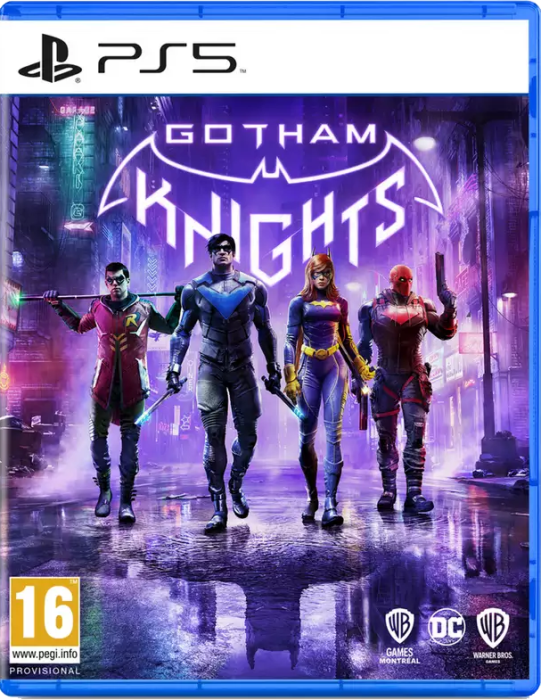


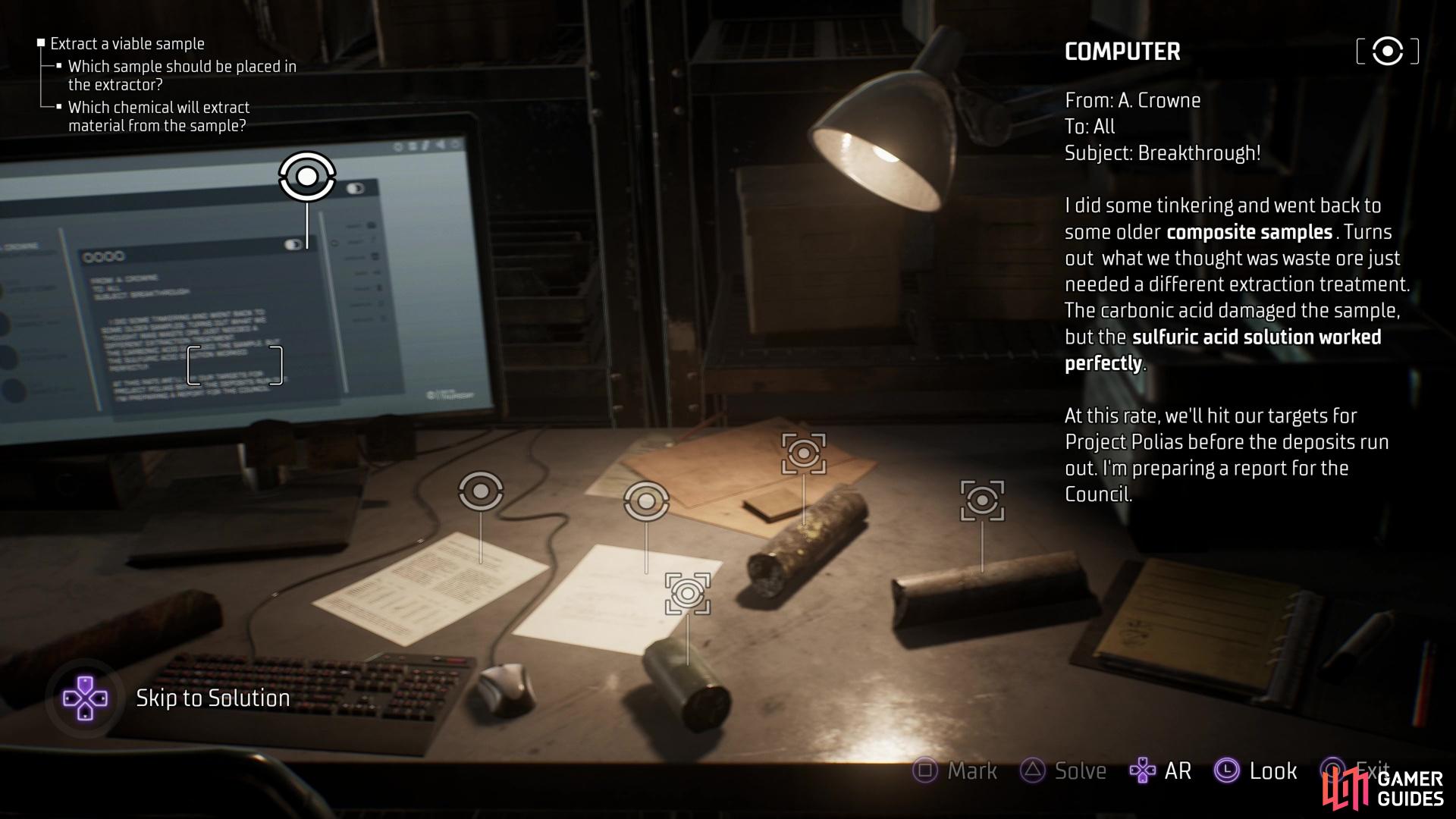
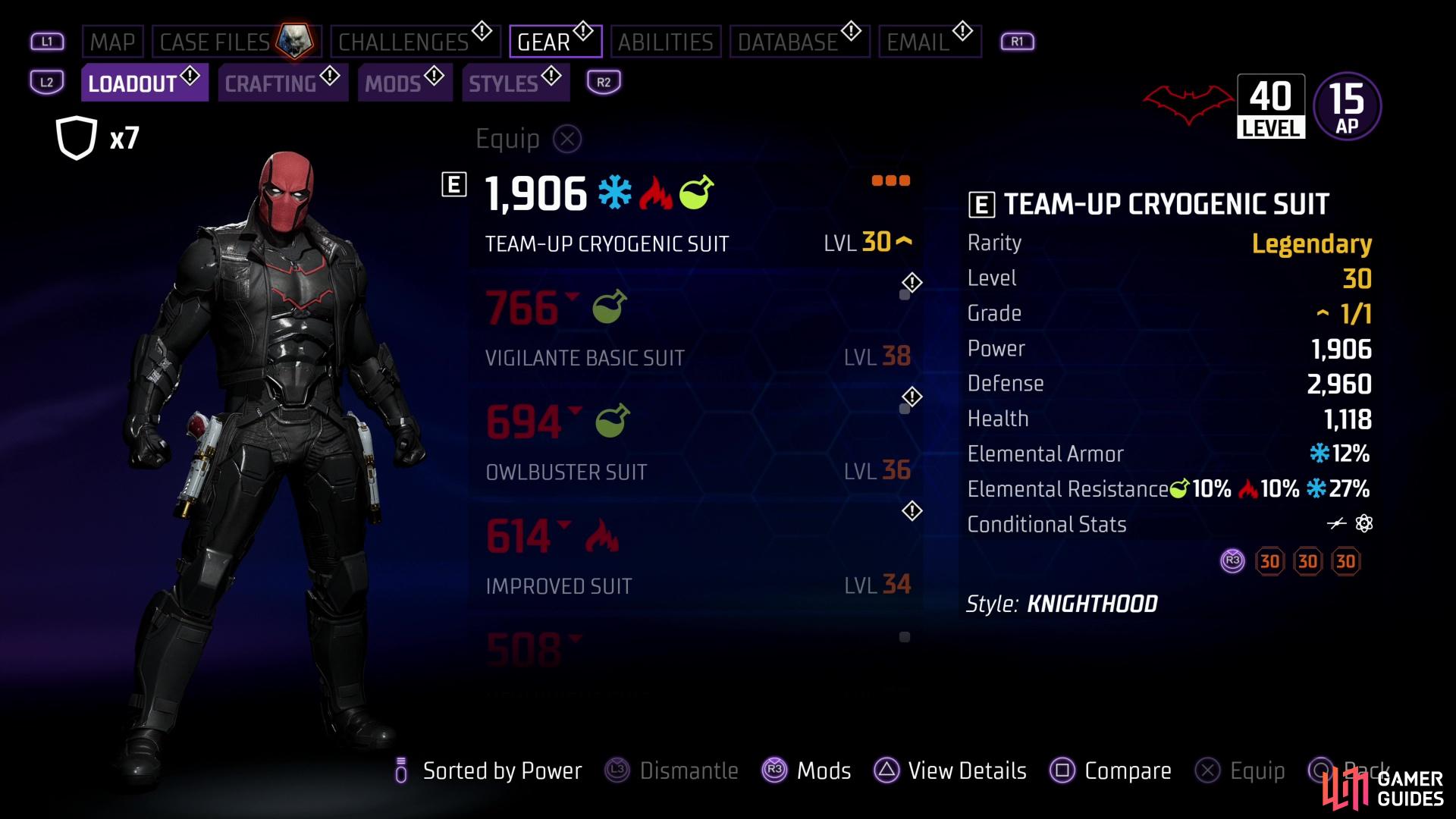
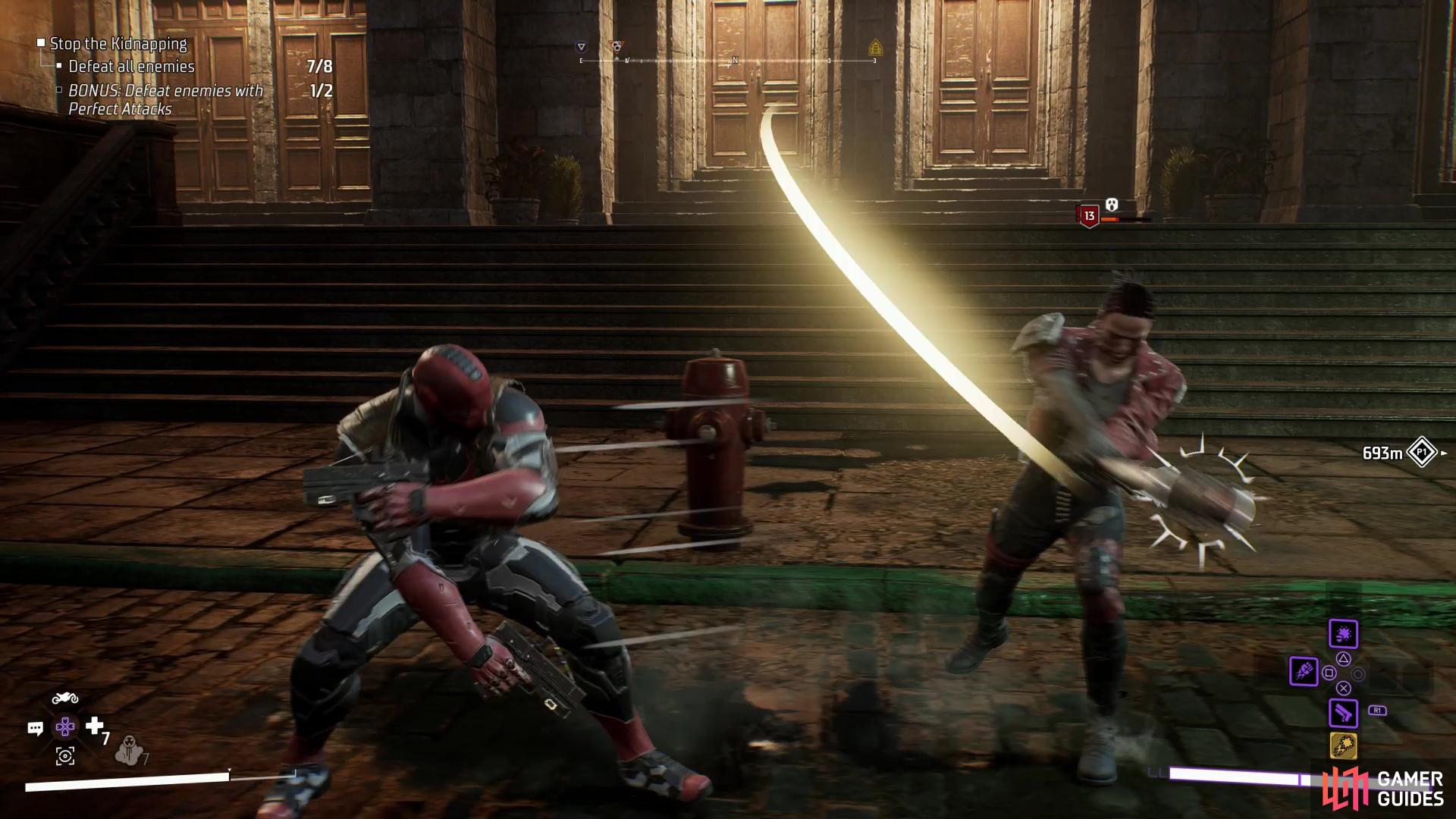
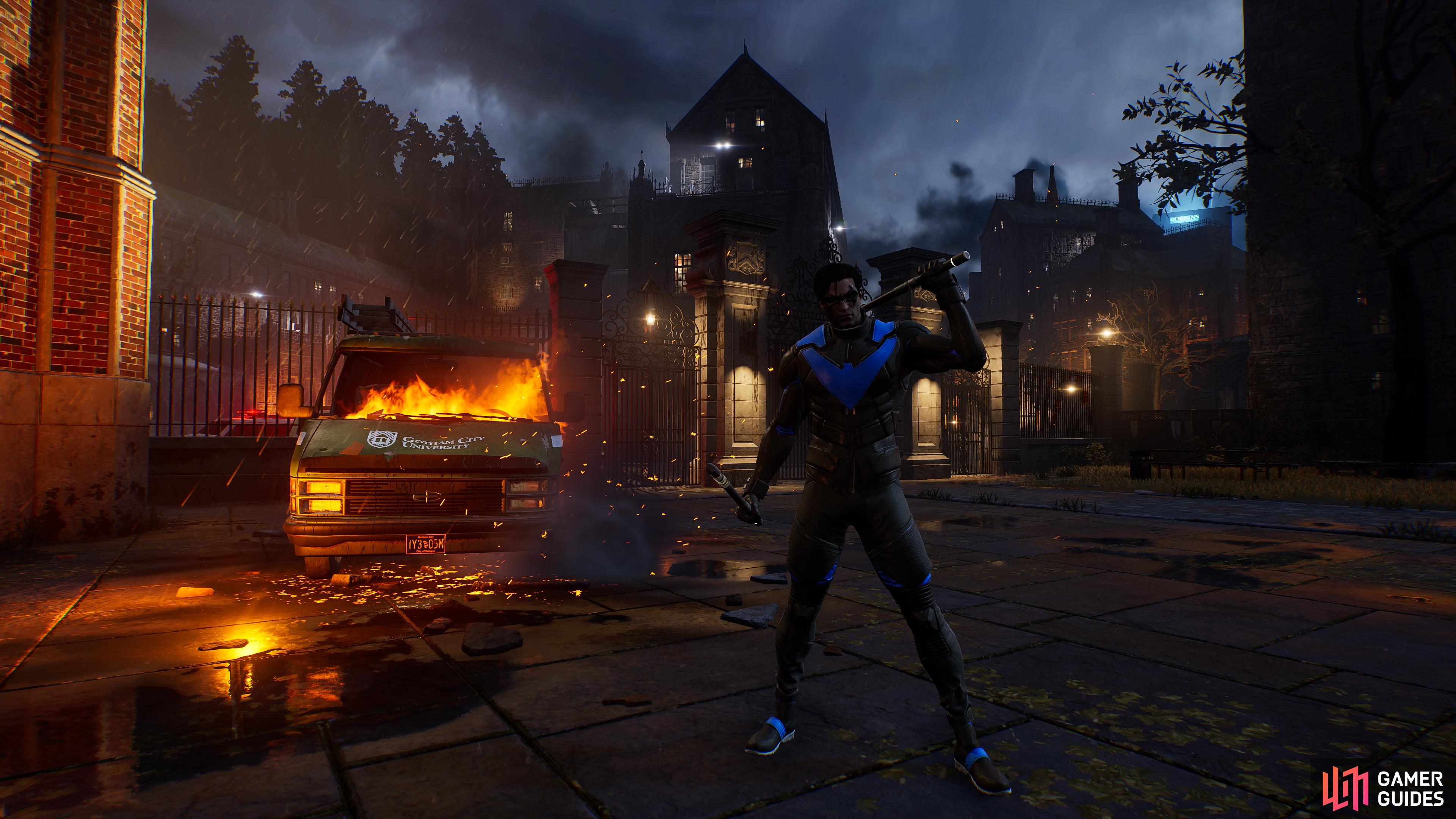
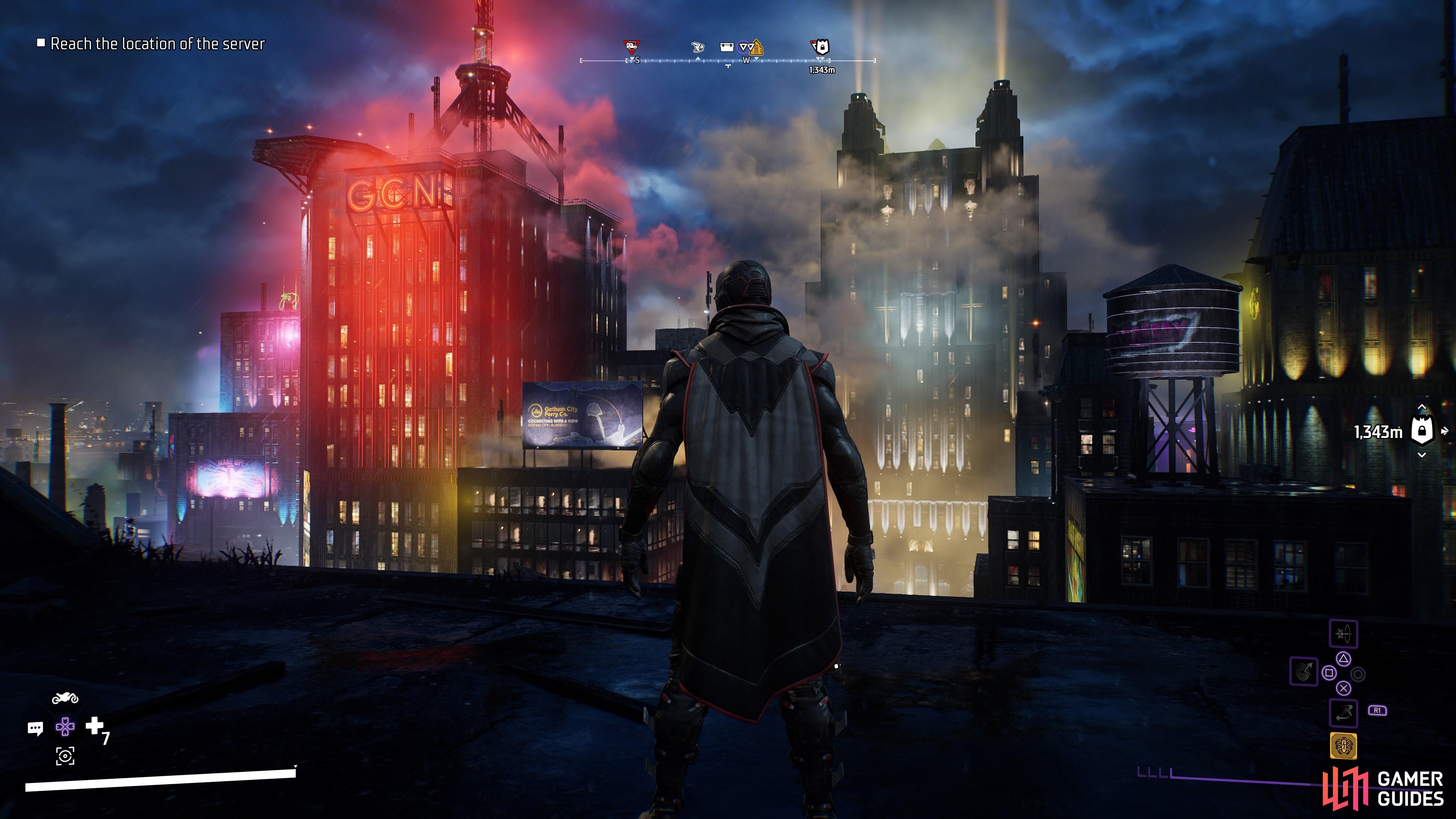
No Comments